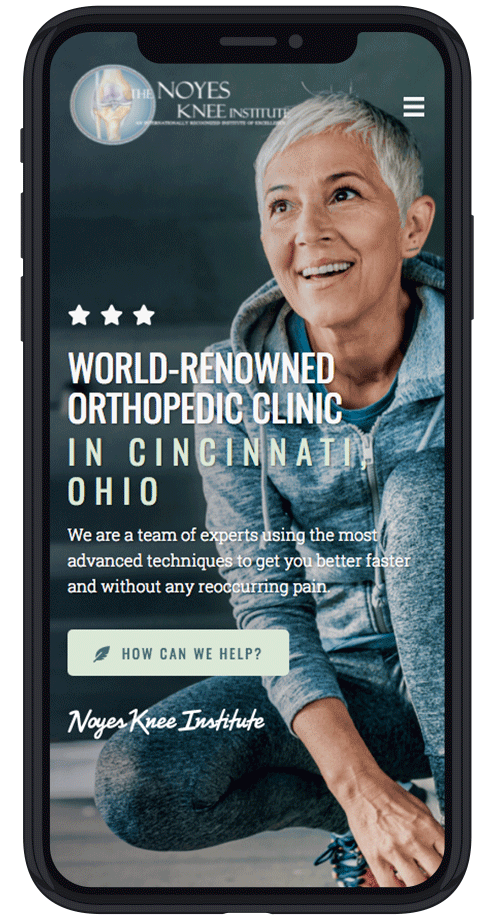Published On
Category
Running can be hard on your knees. If you stick with the sport long enough, then you’re almost certain to develop a case of runner’s knee or IT band syndrome eventually. The most direct road to recovery is often to work with a doctor or physical therapist.
Once the pain is gone and your doctor gives you the go-ahead, you can ease your way back into running. The following tips will help you do so without further pain or injury.
1. Start by Walking
Sometimes, you may assume your knee injury has healed because it does not bother you when you’re inactive. However, once you start walking around or running again, the pain returns. To ensure you don’t return to running too early, start by walking. Go for short walks – and stop whenever you feel pain. When you can walk for 30 minutes without any pain, it is probably safe for you to begin running again.
2. Increase Your Mileage Slowly
Just because you were running 50 miles a week before your injury does not mean you should jump right back to that level of intensity as soon as you can. If you took two weeks off for your knee injury, then start at about half of your previous weekly mileage. If you took four weeks off, then start at 30 percent of your previous mileage.
After your first week, slowly build your mileage back up to your pre-injury mileage. Many runners swear by the 10 percent rule, by which you add 10 percent of the previous week’s mileage each week. For example, if you ran 20 miles in week one, you would run 22 miles in week two and 24.2 miles in week three.
Another approach is to increase your mileage by 20 percent every three to four weeks. In this case, you’d stay at the same mileage for three to four weeks, then increase the mileage by 20 percent, hold steady for three to four weeks, and so forth.
3. Avoid Hills and Speed Work for a While
Resist the temptation to jump right back into hill workouts, speed work, and other challenging runs during your first few weeks back. Your muscles and joints will be a little weak from your time off, so these hard workouts can take a big toll on your knees, causing the pain to return.
According to Competitor Running, until you reach about 75-80 percent of your pre-injury weekly mileage, keep all of your runs slow and easy.
4. Strengthen Your Core
A strong core helps runners avoid injuries by stabilizing the legs and promoting good form. Find a core workout routine you enjoy on YouTube or in a running magazine, and complete it two or three times per week as you return from injury and beyond.
Do not skimp on your core workouts when returning from a knee injury. Planks, bicycle crunches, bridges, and leg raises all work wonders for your core.
5. Keep Up With Your Physical Therapy Routine
Some runners have a tendency to slack off on their physical therapy exercises once they are allowed to return to running. However, these exercises are essential for continuing to strengthen your knees so you do not re-injure yourself. Make sure you complete your physical therapy exercises before you go out for a run each day. Keep your physical therapy appointments, too.
6. Run on Grass and Trails When Possible
As you return to running, run on grass and dirt trails as much as possible. Try to find trails that are free from tree roots and ruts so you can get into a good rhythm. These softer surfaces are a lot less jarring to your joints than harder surfaces like concrete and asphalt. If you have a synthetic track near you, then you can also run here because it is also a relatively soft option.
Follow the tips above to reduce your chances of re-injury. If your knee pain does return as you begin running again, then contact The Noyes Knee Institute. We have experience working with all types of knee injuries and ailments.


